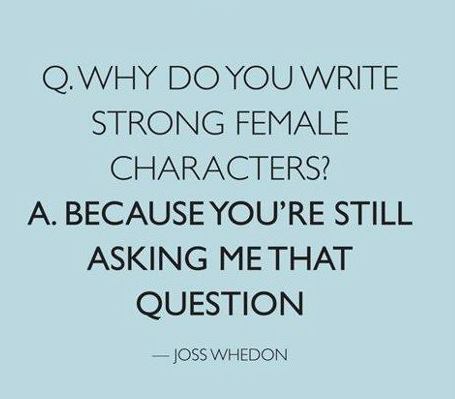Message, Medium, Megabytes, Multiplicities
I’ve been thinking a lot lately about the differences between printed text and hypertext, and the similarities between some writing experiments in both mediums. Although traditional mediums, such as print, still have the potential to push the boundaries pretty far, and I think Denham‘s point about traditional media still having the ability to challenge linearity is valid, I’m also inclined to agree with Bolter that
The ephemeral character of electronic text makes possible new methods for organizing and visualizing the text.
The key things that distinguish hypertext from what I can understand are the potentials for crossover between mediums and the increased agency of the audience in relation to the text – allowing for even more divergent interpretations of the text.
Old School Cool
At the moment, I’m reading Culture of One, a verse novel by American poet Alice Notley. I heard about Notley because she was referenced a number of times in I Love Dick, a seriously fabulous book by NZ filmmaker/writer Chris Kraus (which everyone should read. Seriously. Get on it.) I trusted Kraus’ taste in poetry because of this interview with the Poetry Foundation. I chose to purchase Culture of One online and have it shipped to my mailbox rather than any of Notley’s 36 or so other volumes of poetry because of this empassioned review.
ANYWAY. All that aside, what’s really incredible about Culture of One is that Notley has completely messed up the linearity of the text, whilst still leaving a narrative through line (a verse novel is not just a collection of poems – the poems build together to create a clear narrative) and the poems are all stacked on top of one another, which gives the text a bizarrely jarring impact as we move between places, times and voices until you get used to the flow and sort of end up reading above the text if that makes sense. It probably doesn’t. Read it and maybe that will make sense.
This is just an example of how traditional media can generate similar effects to hypertext. Landow cites Coover,
Robert Coover claims that with hypertext “the linearity of the reading experience” does not disappear entirely, “but narrative bytes no longer follow one another in an ineluctable page-turning chain. Hypertextual story space is now multidimensional and theoretically infinite, with an equally infinite set of possible network linkages, either programmed, fixed or variable, or random, or both”
and whilst I think this is true, traditional media is still capable of this effect. However, hypertext does extend this not only through messing with linearity (not particularly revolutionary – even the circular narrative structure of 1940s Film Noir has that down) but more to do with audience agency, and crossed mediums.
J.M. Coetzee’s Diary of a Bad Year also has a disrupted narrative flow, as it’s told through two separate narrators and a series of essays, published on top of one another, occurring simultaneously, like so:
So you read the events from one perspective, then flick back and read it from another angle which makes you reinterpret the first perspective you read. And then there’s a bit of philosophy and ethics thrown in with the essays interspersed through the novel. Quite an experience.
Medium
I have been thinking about the crossovers between medium that hypertext allows, as distinct from print texts. For example, this morning I was considering how well film, photography and other primarily visual mediums can capture a moment in a very different way to language. I caught myself making up stories about people I walked past, simply based on their appearance, or how they walked, or an anxious tic such as looking over their shoulders. I thought about how interesting it would be to be able to insert something as simple as 5 seconds footage of someone’s smile, or their walk, or a sound clip of someone speaking. You could cover passages worth of description just by stepping into another medium for a moment.
The first hypertext that I was aware of reading as ‘hypertext’ was < http:// en.wikipedia.org/ wiki/ Geographic_tongue _in_5UFO_parts > (yes, that’s the title.) a poem in Going Down Swinging’s Multimedia issue, #34. It’s a bizarre, labyrinthine ride with some really arresting visuals and reading it was unlike any other experience I’ve ever had with poetry.
This is what the title page looks like, except the spheres are rotating and exploding, the computer is flashing, and the rainbow arrows are in motion too:
Power / Audience Agency
Landow looks at authorial power
From one point of view, then, such an approach merely intensifies the agenda of high modernism, using linking to grant the author even more power.
On the other side of this, though, you have projects such as Coover’s Hotel, aiming to allow the audience a level of agency within the telling of the story that is certainly distinct from previous writing technologies.
Bolter points out that
more often, soft structures change without a change in materials
And although there is always an element of creation and collusion as the reader interprets texts in their own way, or imagines how the characters might look, talk, speak and so on, hypertext has the potential to unleash this in a much more tangible way, for example being able to redirect or change the trajectory of the story, or further develop the characters within the text.
Even with set texts, such as published books, there is often an impulse within the audience to get involved and share in creating the story. Fan and slash fiction provides a great example of this, as all kinds of literary characters, from Harry Potter to Buffy, get reworked into new narratives and alternative worlds inspired by the original texts.
(yes, this is actually from a digital comic about Buffy acquiring superman powers…)






